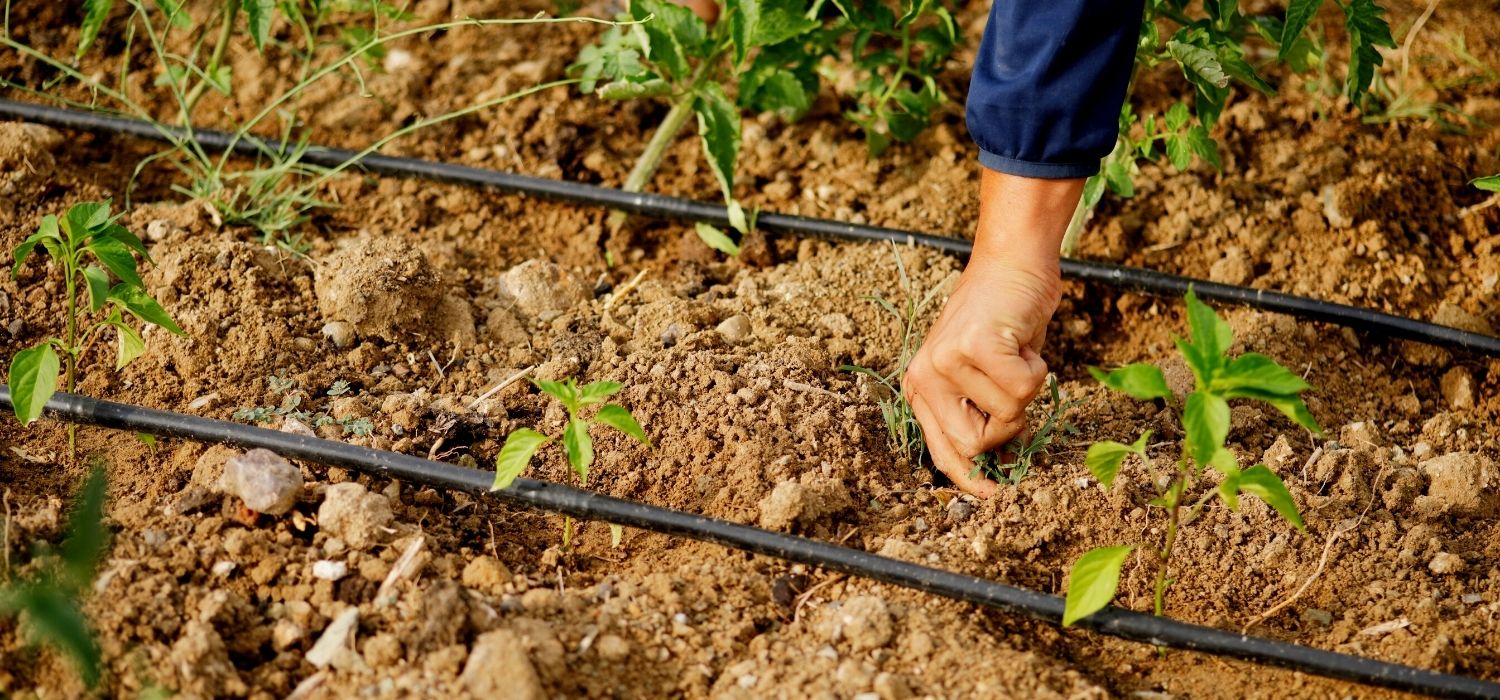
What is a Sprinkler Irrigation Pipe?
Sprinkler irrigation system, as the name suggests, is an irrigation system similar to rain. The water is pumped through a system of pipes and sprayed into the air. This irrigation system is called sprinkler because it resembles natural precipitation. It is designed to provide the water needed to soften the soil and reach every plant. The sprinkler irrigation system primarily has an irrigation pump unit. This pump is required for irrigation process at least 2.5 atm. produces pressure. Then there are the sprinklers that transform the water jet into droplets. These sprinklers can pass water to different areas of the field or land by hand or maline. Thus, all waters are distributed equally.
What are the Application Conditions of Sprinkler Irrigation Method?
If sprinkler irrigation systems are operated properly, irrigation needs will be significantly reduced. It gives successful results even on uneven, sloping and rough terrains. The sprinkler irrigation system not only reduces water loss, but also distributes water in an equal amount and ensures efficient use. It is especially preferred for irrigation of cereals, pulses, wheat, sugarcane, vegetables, fruits, cotton and peanut products.
What are the Advantages of Sprinkler Irrigation Systems?
- Since the water use efficiency is high, maximum use of water can be made in regions where irrigation water is low.
- There is no need for leveling in uneven agricultural areas.
- No matter how rough the land is, irrigation can be done without erosion.
- It is the most suitable irrigation system to be used in lands with less soil depth.
- It is a controlled irrigation system.
- It saves time.
- Since there is no need for field ditches, the cultivation area increases and agricultural enterprises are easily carried out.
- Crop products are protected from frost and heat.
What Should Be Considered While Placing Sprinkler Irrigation Pipes?
- The main pipeline should be located in the direction of the prevailing slope.
- Sprinkler laterals should be perpendicular to the prevailing slope and parallel to the leveling curves as much as possible.
- In places where the wind speed is high, the laterals should be placed perpendicular to the prevailing wind direction.
- The use of very long sprinkler laterals should be avoided. Short laterals reduce labor and provide equal water distribution.
- The movement of the laterals on the main line should be arranged in a way that requires the least amount of labor.
- The system should be arranged in a square or rectangular shape as far as possible in order to have easy lateral movements and less change in the number of heads working together.
- If possible, the pumping unit should be placed in the middle of the area, as it will allow the selection of suitable and economical pipe diameters.